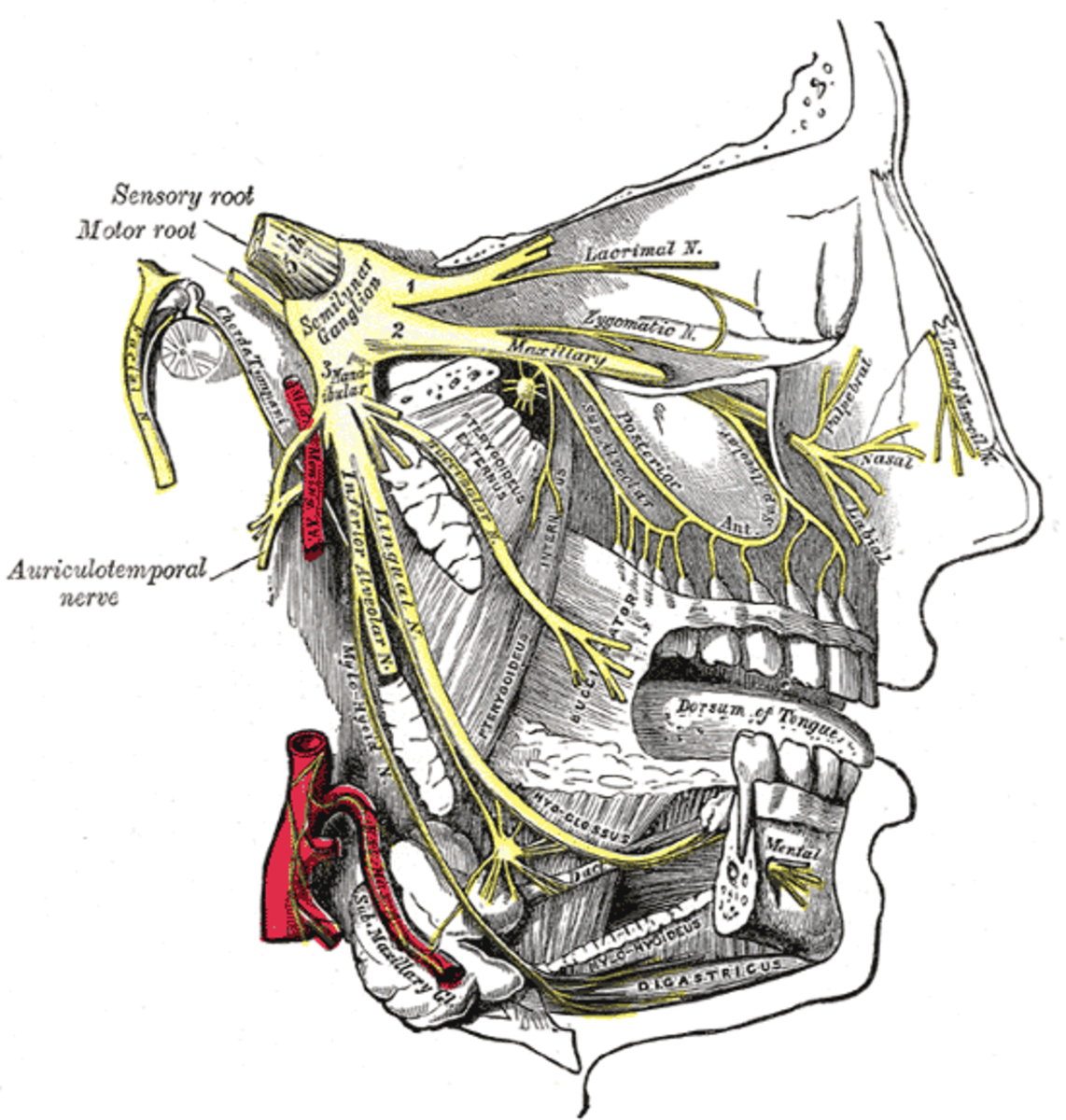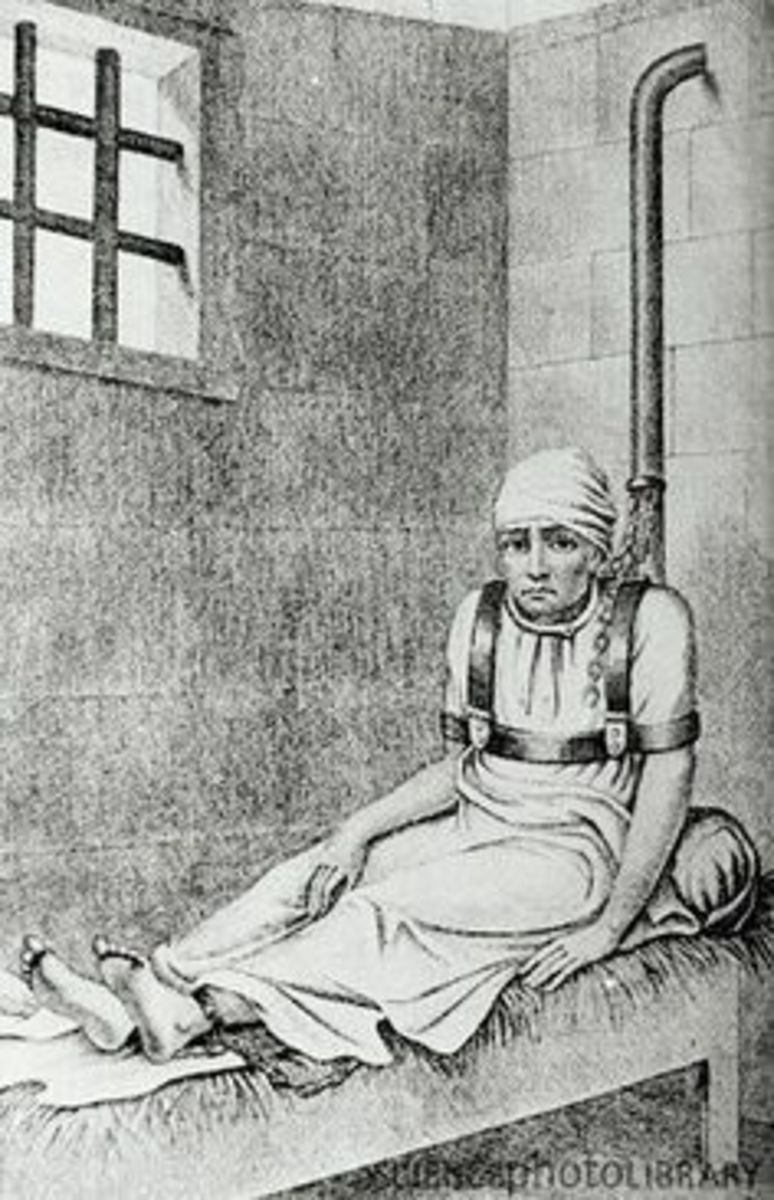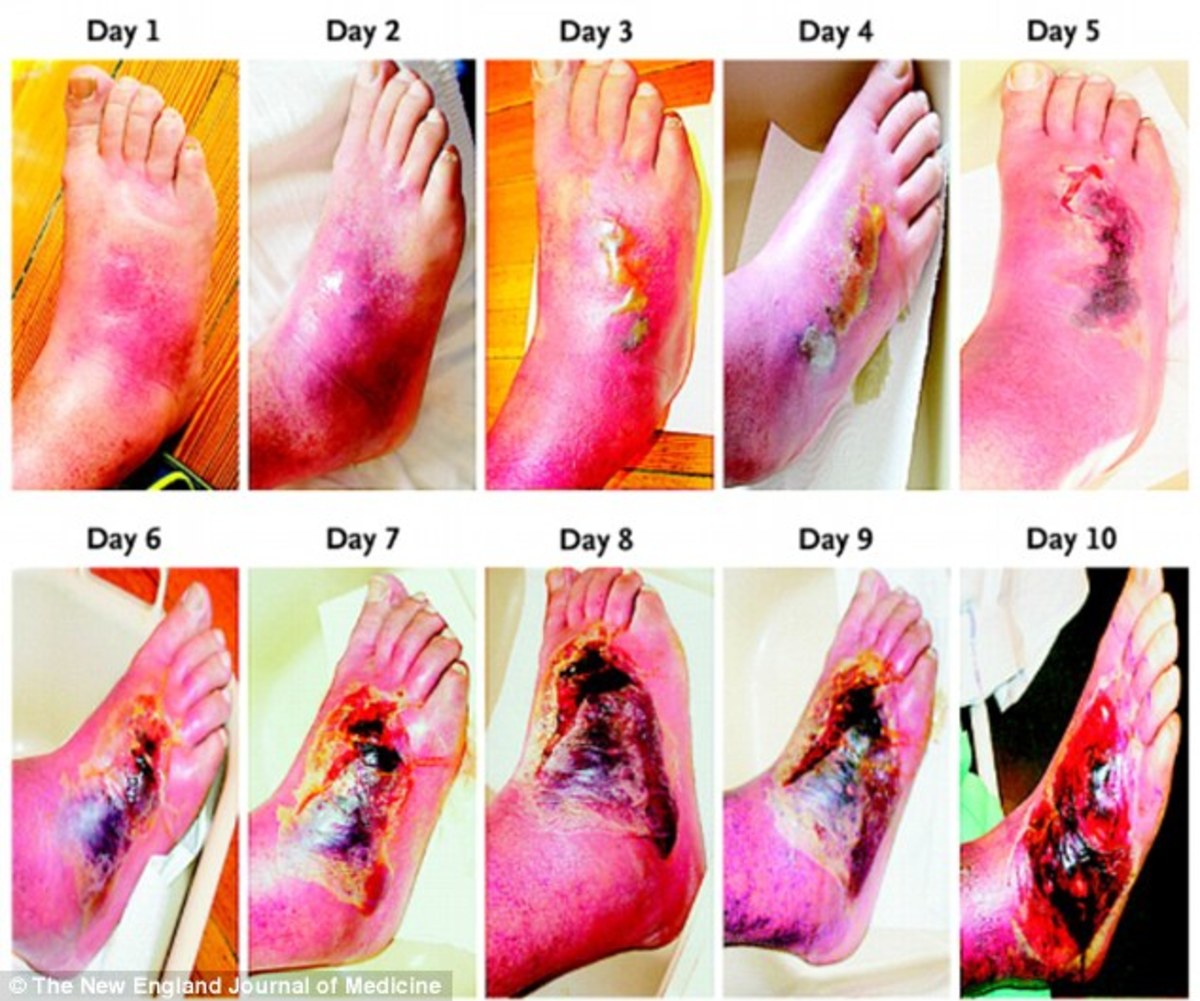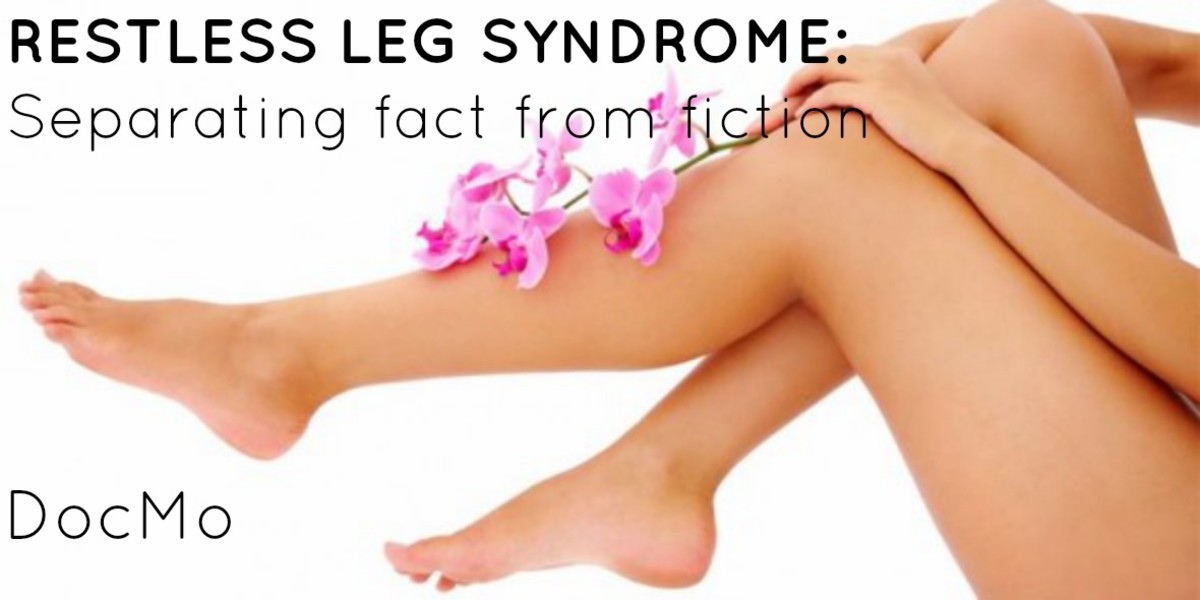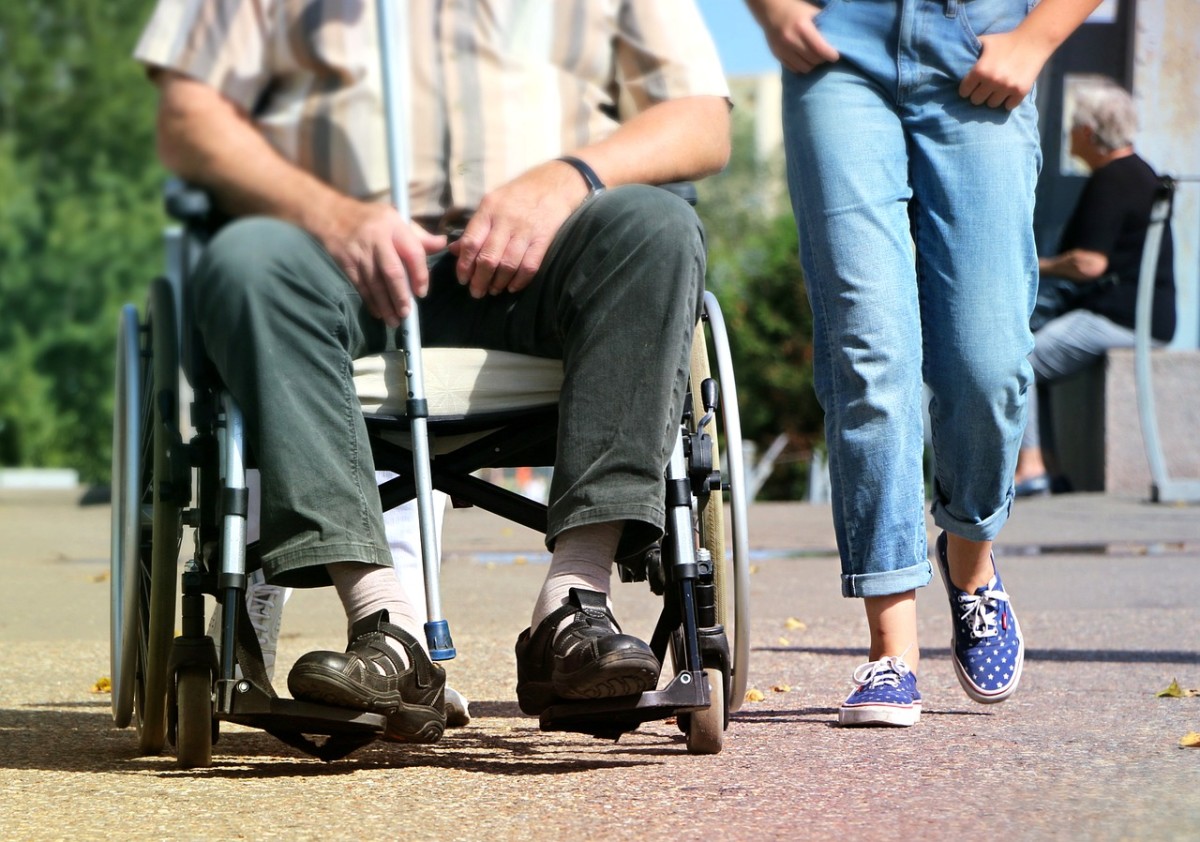Treatments of Diabetic Neuropathy
Uncontrolled Diabetes
Uncontrolled diabetes can have several negative consequences for a person. Nerve damage or neuropathy is one of the serious complications of diabetes. Damage to the nerves can be prevented by bringing the levels of blood glucose down to normal. This is done through several methods including meal planning and physical activities. Regular intake of insulin and other medications are also important for controlling blood glucose level.
The following sections describe additional neuropathy treatment options – which depend on the kind of nerve problem and the symptom exhibited by patients with neuropathy.
Foot Care
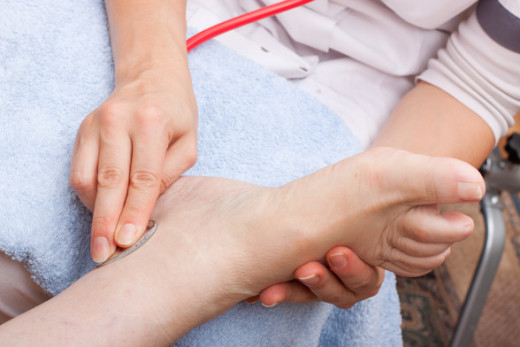
Diabetic Neuropathy Treatment
Pain Relief
Although there are other forms of treatments, oral pain relief medications are the most common one given by physicians to provide cure for nerve pain in diabetic neuropathy. If the pain is too much, a combination of medicine and treatment might be given. It is important to consult doctor before taking in medication. Below are some of the medicines for treating nerve pain caused by diabetic neuropathy:
- Antidepressants - Paroxetine (Paxil), venlafaxine, duloxetine (Cymbalta), bupropion (Wellbutrin), citalopram and other antidepressants
- Tricyclic antidepressants - Desipramine (Norpramin or Pertofrane), imipramine, amitriptyline and other equivalent tricyclic antidepressants
- Anticonvulsants - Anticonvulsants like gabapentin (Gabarone or Neurontin), pregabalin (Lyrica), lamotrigine (Lamitcal) or carbamazepine
- Opiods - Controlled-release oxycodone and other opiod or opiod-like drugs such as tramadol (Ultram)
The United States Food and Drug Administration also approve the use of pregabalin and duloxetine in the treatment of painful neuropathy. Side effects are expected in all types of medicines and some medicines may not be suitable for people with history of other conditions like heart disease. Examples are ibuprofen and acetaminophen which are seldom recommended to treat the neuropathy pain.
Some people can also get a lot of relief by applying Capsaicin and lidocaine creams and patches. These creams and patches are typically applied directly to the affected areas of body of the person to ease the pain. and improve nerve function.
Sensitive legs and feet can be voided of touch using a bed cradle - a device with blankets and sheets. Some people prefer the use of physical therapy, biofeedback or acupuncture while modern treatments like laser therapy, magnetic therapy, or electrical nerve simulation are also promising although they are not fully developed. Some new therapies are also being developed through clinical trials by researchers.
Gastrointestinal Problems
It is recommended that diabetics eat small and frequent meals and control fat intake to reduce damage to the nerves. This is also helpful remedy for those suffering symptoms like belching, nausea, indigestion or vomiting. Doctors suggest erythromycin and metoclopramide for indigestion and nausea. Other similar medicines that reduce the acid in the stomach or regulate digestion can also be used. Tetracycline and other related antibiotics can be given to patients to treat diarrhea or other problems in the bowel.
Dizziness and Weakness
Light-headedness can be prevented by sitting or standing slowly. This is also a way to treat dizziness or fainting that is directly related to blood circulation problems. Elastic stockings or elevating the bed’s head is also helpful. Treatment with salt-retaining hormones along with increased salt in food also has its benefits (for people who do not have hypertension problem). High blood pressure medications are effective for some and muscle weakness or loss of coordination can be treated with physical therapy.
Foot Care
Special care of the feet is needed for neuropathy patients. The feet are home to the longest nerves in the human body and are probably the most susceptible to neuropathy. Because loss of sensation occurs on the feet of a person with neuropathy, any injuries succumbed may go unnoticed. This results in infections, circulation problems or even ulcers in the feet.
Studies show that more than 80,000 amputations are done yearly in patients with diabetes in the U.S. This is half the total number of amputations in one year in the country. It is said that half of those amputations could be prevented if special care is given to the feet.
Tips for taking care of the feet
- Feet should be cleaned daily with mild soap and warm water. They should be dried with a soft towel. All the toes should be dried thoroughly including the area between the toes. Soaking the feet is discouraged.
- Problems such as redness, cuts, blisters, calluses, and swelling should be checked regularly with the help of a mirror. A patient can also ask someone to check areas of the feet that cannot be seen or reached. If any of the problems are found, patient should consult a doctor immediately.
- The feet should also be kept moist with the help of lotions and moisturizers.
- Patient can use pumice stone to file corns and calluses after a shower or bath.
- Toenails should also be trimmed weekly or as needed. The shape of the cut nails should follow the shape of the toes.
- Good and supportive shoes or slippers should be used for protecting the feet from injuries. Socks should be thick, soft and seamless to prevent irritating the skin.
- Shoes should fit the feet well so that the toes can move freely. Wearing new shoes for an hour at the time is the proper way of breaking in it.
- Tears, objects or sharp edges on shoes should be checked before putting them on. Not doing so might result in injuries.
Diabetics can prevent neuropathy and its complications by paying attention to the needs of the body. It is best to get in touch with a doctor to avoid aggravation of the condition.


